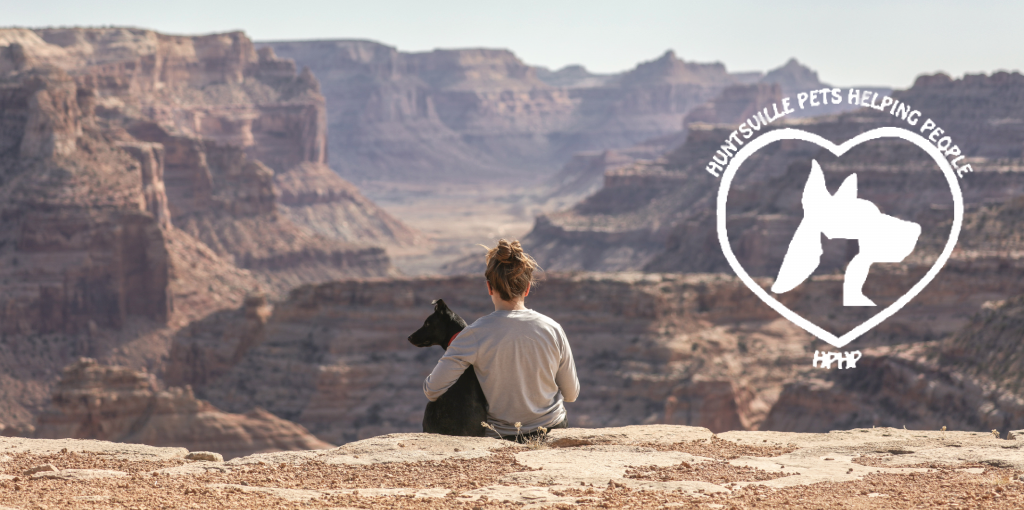Have you ever thought about what it means to be a responsible pet owner? For most of us, the topic may have briefly crossed our minds before we moved on to other things. Responsible pet ownership begins before an animal comes into the family. Some things to consider are: Do you have the time for a pet? Pets need to be fed daily, provided training, played with, and some need walking. Can you afford a pet? Pets may be available free of charge or there may be a fee, pets need regular veterinary care and immunizations, there may be a city or county registration fee, food, toys, and bedding and additional costs. What species are you interested in? The species could be a dog, cat, bird, hamster, reptile, or something else.
Once a decision has been made to add a pet to the family, responsible ownership becomes even more important as you will be responsible for a living, breathing being. According to the American Kennel Club, there are two primary components of responsible pet ownership: health and safety of the animal and do not infringe on the rights of others.
Many things fall under the health and safety component of responsible pet ownership. An obvious health concern is veterinary care. The first visit to a veterinarian should be within a few days of coming into the household for a general checkup and immunizations. In most areas, dogs and cats are required to receive rabies inoculations every one to three years. Spaying or neutering needs to be considered. Pets, depending on the species, may need a preventative for heartworms, fleas, ticks, and parasites on a regular basis. Of course, other veterinarian visits may be needed if the pet becomes ill or injured. Then, for the rest of their lives, pets need at least annual veterinary exams.
All pets require and deserve good quality meals. Most dogs and cats are fed once or twice a day. Other species may need a different feeding schedule. Quality food that is appropriate for the animal (dog food for dogs, cat food for cats, etc.) will give your pet healthy coat and skin and fuel to build and maintain strong muscles, bones, teeth, and internal organs. A major concern for our pets is not overfeeding them. Overweight pets, may develop heart disease, joint issues, and other health concerns which may shorten their lives.
Pets need a chunk of your time. Time with their person or family is necessary for their emotional and developmental wellbeing. Dogs kept on a chain or in the backyard with little human contact develop behavioral problems such as inappropriate barking, digging, or aggression. Part of the time spent with a pet can be used for socializing pets to new people and new experiences. A new experience for a puppy might be walking on different surfaces such as tile, carpet, and cement or learning about walking up and down steps or safety around bicycles. Training needs to be a regular part of a dog’s life. They need to learn basic skills such as come, sit, stay, off, no, wait, and to walk on a leash without pulling.
Play time is important too. Some dogs enjoy play time with other dogs, but not all do. Almost all dogs enjoy playing with their family members. Play is a form of exercise which expends energy and releases stress as muscles are worked. Taking the dog for a walk provides physical exercise while offering mental stimulation with different sights, sounds and smells. Finally, quiet time is good too. That might be both of you snuggling on the couch or enjoying a nap.
Grooming is another type of health and safety care. Fur needs to be combed to prevent matting. Some very full coated dogs such as Shelties may require daily brushing while short haired dogs such as Beagles may be good with a quick weekly brushing. Nails, including dew claws, need regular trimming. Some animals will sit quietly for nail trimming with nail clippers or grinders and others will not so they may need a visit to the groomer or veterinarian for a nail trim. Another favorite topic is baths. Baths are necessary, but unless they have gotten into something smelly or gross, baths should be provided a few time a year using a shampoo made for animals.
The second component of responsible pet ownership is not to infringe on the rights of others. That includes carrying disposal bags when walking the dog and picking up any waste deposits. Keep the dog near the street rather than letting them wander well into other people’s yards. Animals need to stay in their own yards when not inside. They do not need to roam the neighborhood to be happy. Cats who roam are subject to fights with other cats, attacks by dogs and death by car. Dogs who roam often end up chasing children or fighting with other dogs and sometimes biting people. A good fence will keep a dog safely in their own yard and protect the public from them. Noise and dogs do go together sometimes. Most dogs in a yard will bark at dogs passing by. But some dogs carry it to excess and become nuisance barkers. They bark for long periods of time, day or night. To preserve the peace, some owners teach their dogs a “quiet” or “no bark” command.
Responsible pet ownership is good for all of us. It means providing good care and keeping your pet safe. It includes giving pets time, attention, and training to help them understand living in our environment. It comes down to being considerate of others. By being a responsible pet owner, you give your pet the best chance of being warmly accepted by others.
